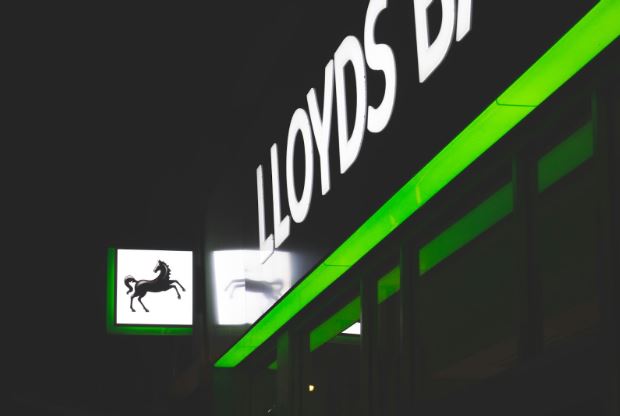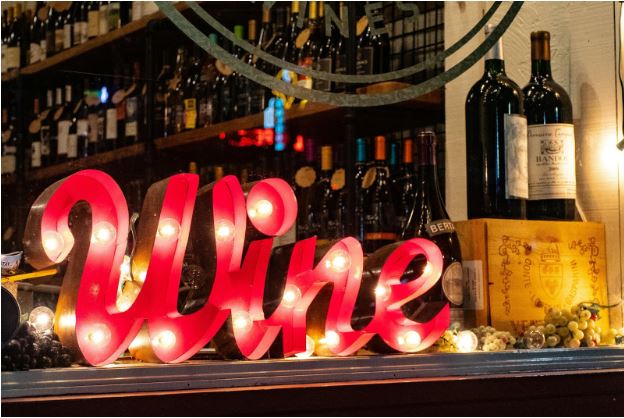Every great brand starts with an idea. It begins as a spark in someone’s mind. That spark turns into colors, shapes, and visuals that speak louder than words. The magic happens when that idea moves from imagination to the real world. That’s when creativity becomes an experience people can see, feel, and remember.

From Concept to Reality
Bringing a creative concept to life takes more than design skill. It takes vision, planning, and care. Outdoor business signs are a great example of this. They turn abstract ideas into real-world symbols that people notice every day. A logo on a computer screen looks one way. But when it’s out in the world, it becomes something different. It becomes alive.
The process of translating a concept into something physical starts with clarity. What is the message? What emotion should people feel? When the idea is clear, every design choice can support it. Colors, textures, and shapes all help tell the same story.
Visuals That Carry Emotion
People respond to emotion before they respond to logic. That’s what makes visual experiences so powerful. A creative idea is only strong if it stirs something inside the viewer. It might create excitement, calm, trust, or curiosity. Those feelings make a brand real in people’s minds.
A design can do this in many ways. It might be through lighting that feels warm. It might be through materials that feel honest and natural. Even the scale of a sign or display can shift emotion. Small details add up to something that feels human and meaningful.
The Role of Collaboration
Turning creative ideas into physical brand experiences is a team effort. Designers, builders, and brand leaders all play a part. Each brings a different skill to the table. Collaboration turns sketches into signs, and ideas into spaces people walk through.
This process also involves problem solving. Sometimes what works on paper doesn’t work in the real world. Materials behave differently. Colors shift under different lighting. The goal is not to copy the idea exactly but to translate it in a way that still feels true. That’s where art meets practicality.
The Power of Physical Presence
Digital branding is powerful, but real-world presence hits differently. There’s something special about seeing a logo in person, glowing on a wall or standing tall on a storefront. Outdoor signs, window graphics, or wall murals make the brand feel solid. They give it weight and permanence.
When people see these physical elements, they connect them to the brand’s larger story. It turns an idea into something they can trust. That presence builds a bridge between imagination and experience. It reminds people that the brand exists beyond screens.
Consistency Builds Identity
Every brand needs consistency to feel real. The same style should flow across every space and element. Fonts, colors, and materials should feel connected. When signs and graphics follow a shared language, the brand becomes stronger. It feels intentional.
Consistency doesn’t mean every piece looks identical. It means everything fits together naturally. A clean indoor sign can match the tone of a bold outdoor display. A subtle wall graphic can carry the same energy as a large exterior logo. The goal is to make every detail part of the same visual rhythm.
The Experience Inside the Space
The transformation doesn’t stop at the door. Once people step inside, the brand story should continue. Interior signs, graphics, and lighting all add layers to the experience. They shape how people feel as they move through the space.
A calm lobby can use soft tones and simple lines. A creative workspace can use bold colors and patterns that spark ideas. The key is to keep the same voice throughout. When every part of the environment supports the same story, it creates a powerful connection. It becomes more than just a place. It becomes a brand world.
Bringing Imagination to Life
Every creative concept has potential. But not every idea makes it past the sketch stage. The ones that do succeed because they find the right balance between imagination and function. Real-world brand experiences need both. They need the heart of art and the mind of strategy.
A great concept should inspire. A great execution should deliver. When the two meet, the result feels effortless. The brand becomes part of the environment. People stop just seeing it. They start experiencing it. That’s what great branding does. It makes imagination tangible.

Where Art Meets Purpose
Transforming creative ideas into real experiences is a form of art. It takes creativity, planning, and care. It also takes understanding of how people see and feel things in the real world. Signs, graphics, and displays are not just decoration. They are the physical language of the brand.
When a brand gets this right, it creates something timeless. A design that started as a sketch can turn into a landmark. A concept that began as a thought can become part of people’s daily lives. That is the beauty of transformation. It’s where creativity meets purpose, and where brands truly come to life.




